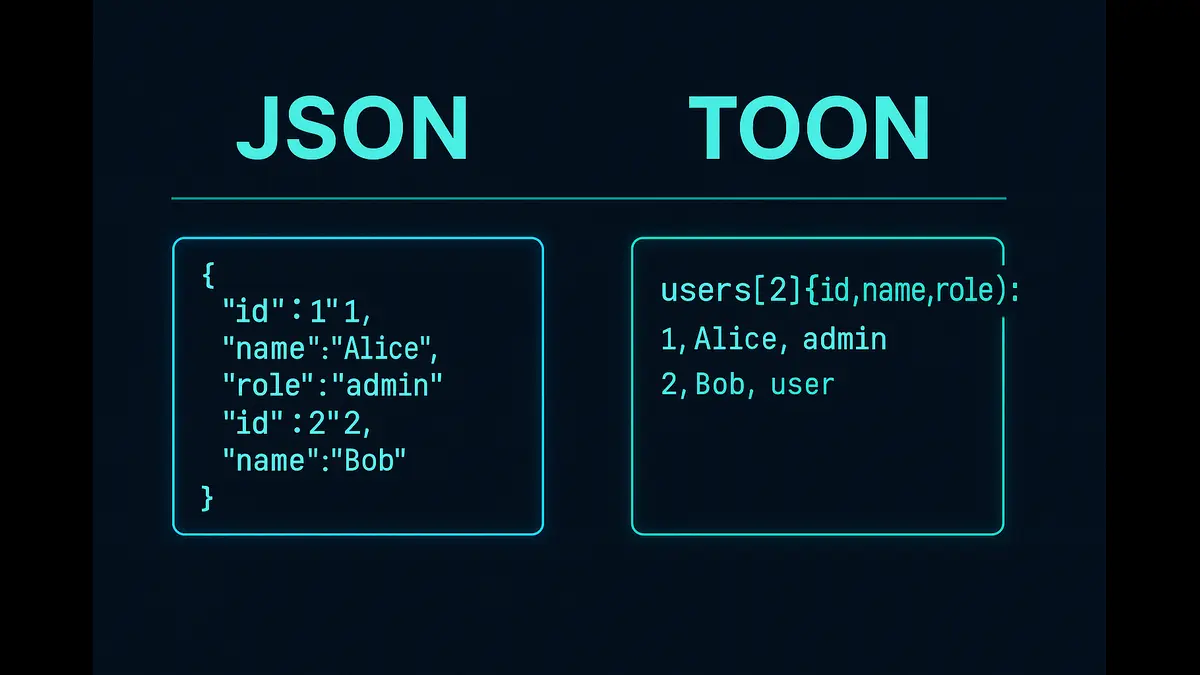
A new UN report reveals a 150% rise in emissions from leading tech firms between 2020 and 2023, driven by the explosive growth of AI, cloud computing, and data centers. Amazon, Microsoft, Meta, and Alphabet are among the top emitters. As demand for digital services grows, the industry faces mounting pressure to adopt sustainable practices and report AI-related carbon impacts transparently.
The rapid rise of artificial intelligence (AI), cloud computing, and data centers has driven a 150% surge in operational carbon emissions from the world’s top tech companies between 2020 and 2023, according to a new report from the United Nations’ International Telecommunication Union (ITU). Released on June 6, 2025, the report highlights the environmental impact of the tech industry’s race to scale AI and digital infrastructure, with major players like Amazon, Microsoft, Meta, and Alphabet seeing significant increases in their carbon footprints. As global electricity demand for these technologies skyrockets, the findings underscore the urgent need for sustainable practices in the digital economy.
Soaring Emissions from Tech Leaders
The ITU report, which analyzed greenhouse gas emissions from the top 200 digital companies, found that operational emissions—covering direct company operations and purchased energy consumption—rose sharply between 2020 and 2023. Amazon led with a 182% increase in emissions, followed by Microsoft at 155%, Meta (owner of Facebook and Instagram) at 145%, and Alphabet (Google’s parent company) at 138%. These figures reflect the growing energy demands of AI systems, cloud computing, and data centers, which power modern digital services.
Doreen Bogdan-Martin, head of the ITU, emphasized the environmental toll of these technological advancements. “Advances in digital innovation – especially AI – are driving up energy consumption and global emissions,” she stated. The report warns that, without intervention, emissions from high-impact AI systems could reach 102.6 million tonnes of carbon dioxide equivalent annually, equivalent to the combined emissions of several mid-sized countries.
However, it’s worth noting that these figures primarily capture Scope 2 emissions—those arising from purchased electricity, heating, and cooling. Scope 3 emissions, which include supply chains, hardware production, and end-user electricity use, remain largely unaccounted for, suggesting the actual environmental impact may be significantly higher than reported.
The lack of standardized reporting on AI-specific emissions further complicates efforts to quantify the problem. The ITU noted that “there are no standards or legislative requirements for companies to disclose their AI emissions or energy consumption,” making it challenging to fully assess AI’s environmental footprint. However, company reports confirm a clear upward trend in emissions for firms heavily invested in AI technologies.
Data Centers: The Power-Hungry Backbone
The surge in emissions is closely tied to the exponential growth of data centers, which form the backbone of AI and cloud computing services. According to the International Energy Agency (IEA), data centers consumed 415 terawatt-hours (TWh) of electricity in 2023, accounting for 1.5% of global power demand. This reflects a 12% year-on-year increase in electricity consumption since 2017. If current trends continue, data center energy use could climb to 945 TWh by 2030, surpassing the annual electricity consumption of Japan.
The ITU report highlights that the top 10 digital companies—China Mobile, Amazon, Samsung Electronics, China Telecom, Alphabet, Microsoft, TSMC, China Unicom, SK Hynix, and Meta—accounted for 51.9% of the electricity demand among the 164 companies that provided data in 2023. Collectively, these firms consumed an estimated 581 TWh of electricity in 2024, representing 2.1% of global demand. This concentration underscores the outsized role of a few tech giants in driving energy consumption.
While many of these companies have made public pledges to transition to renewable energy, the pace of AI infrastructure expansion often outstrips the availability of clean energy sources. This mismatch raises doubts about whether sustainability commitments can realistically keep up with operational demands, especially as AI workloads grow more intensive.
A Carbon Footprint Equivalent to Nations
The environmental impact of the digital sector is staggering. Publicly available data from 166 of the 200 companies surveyed revealed that they emitted 297 million tonnes of carbon dioxide equivalent in 2023, comparable to the combined emissions of Argentina, Bolivia, and Chile. This figure highlights the scale of the challenge as tech companies expand their AI and cloud computing capabilities to meet growing demand for digital services.
The report points to the energy-intensive nature of AI model training and deployment as a key driver. Large language models and generative AI systems require significant computational power, often running on specialized hardware in data centers. These facilities, located in regions like Ashburn, Virginia—home to major data hubs like the Digital Realty Data Center—consume vast amounts of electricity, much of which still comes from fossil fuel sources.
There is also growing concern around the opacity of emissions data from cloud and AI infrastructure providers. While companies like Google and Meta have released emissions targets, lack of third-party auditing and the voluntary nature of disclosures make it hard to hold firms accountable.
Industry and Policy Implications
The ITU’s findings come at a critical juncture as governments and industries grapple with balancing technological innovation and climate goals. The absence of mandatory reporting standards for AI-related emissions hinders transparency and accountability. While some companies, like Google and Microsoft, have pledged to achieve carbon neutrality, the rapid growth in AI-driven energy demand poses challenges to meeting these targets.
The report also aligns with broader industry trends. For example, companies like Amazon and Microsoft are investing heavily in renewable energy to power their data centers, but the pace of infrastructure expansion often outstrips the availability of clean energy. Meanwhile, the IEA projects that data center energy demand could double by 2030, putting additional pressure on global power grids.
Policymakers may need to step in to establish regulatory baselines for AI and cloud-related emissions reporting. A framework that defines and mandates disclosure of AI-specific operational emissions could not only ensure greater industry accountability but also enable governments to better assess cumulative climate impacts.
Looking Ahead
The UN’s report serves as a wake-up call for the tech industry to address its growing environmental footprint. As AI adoption accelerates, companies face increasing scrutiny to adopt sustainable practices, such as improving data center efficiency, prioritizing renewable energy, and developing less energy-intensive AI models. Policymakers may also need to introduce regulations to ensure transparent emissions reporting, particularly for AI-specific operations.
The tech sector’s role in driving innovation is undeniable, but the ITU’s findings highlight the urgent need to align these advancements with global sustainability goals. As the demand for AI and digital services continues to grow, the industry must find ways to mitigate its environmental impact to ensure a sustainable future for the digital economy.
Also Read: Environmental Cost of AI’s Energy Appetite in 2025
Discover more from Poniak Times
Subscribe to get the latest posts sent to your email.







